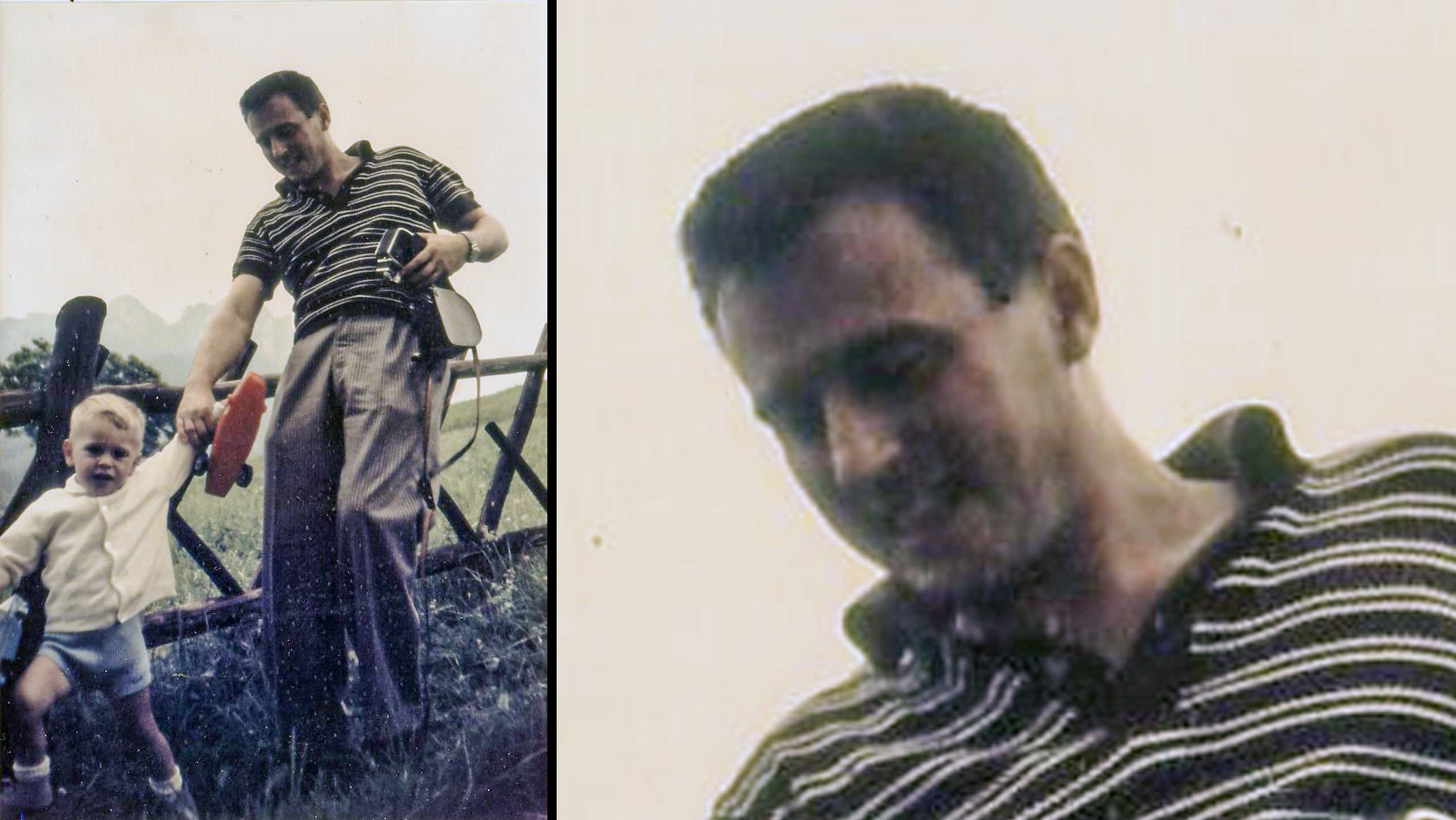Nine interviews with experts representing industry, artisans, arts and science
in the field of the glass industry on Murano.
The ABOUT section tells you how we came about to initiate this project.
These interviews took place in 2019 and have been recorded in Italian. There will be English subtitles. Please listen to and see the faces of personalities closely involved with a world representing industry, artisans, arts and science in this eminent field


